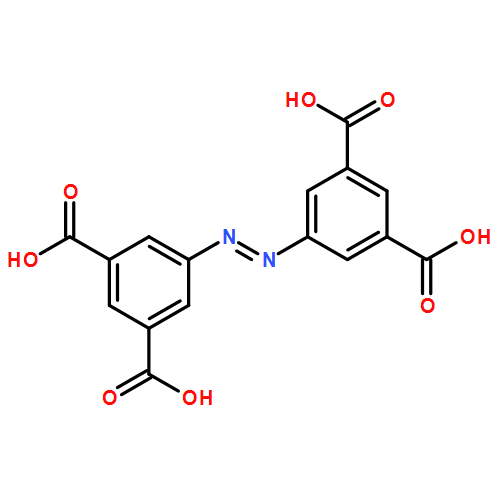Co-reporter: Quan-Guo Zhai; Xianhui Bu; Chengyu Mao; Xiang Zhao;Pingyun Feng
pp: 2524-2527
Publication Date(Web):February 19, 2016
DOI: 10.1021/jacs.5b13491
Despite their having much greater potential for compositional and structural diversity, heterometallic metal–organic frameworks (MOFs) reported so far have lagged far behind their homometallic counterparts in terms of CO2 uptake performance. Now the power of heterometallic MOFs is in full display, as shown by a series of new materials (denoted CPM-200s) with superior CO2 uptake capacity (up to 207.6 cm3/g at 273 K and 1 bar), close to the all-time record set by MOF-74-Mg. The isosteric heat of adsorption can also be tuned from −16.4 kJ/mol for CPM-200-Sc/Mg to −79.6 kJ/mol for CPM-200-V/Mg. The latter value is the highest reported for MOFs with Lewis acid sites. Some members of the CPM-200s family consist of combinations of metal ions (e.g., Mg/Ga, Mg/Fe, Mg/V, Mg/Sc) that have never been shown to coexist in any known crystalline porous materials. Such previously unseen combinations become reality through a cooperative crystallization process, which leads to the most intimate form of integration between even highly dissimilar metals, such as Mg2+ and V3+. The synergistic effects of heterometals bestow CPM-200s with the highest CO2 uptake capacity among known heterometallic MOFs and place them in striking distance of the all-time CO2 uptake record.
